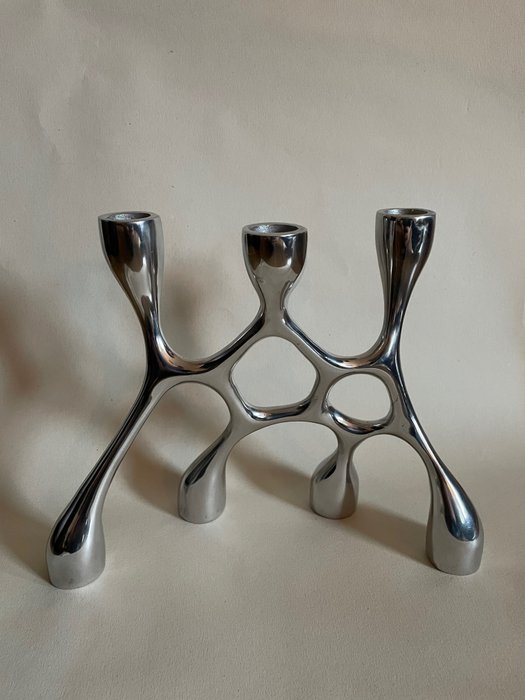
Werkstätten Hagenauer, a distinguished name in Austrian metalsmithing, operated in Vienna for nearly ninety years, producing exquisite handcrafted objects. Established in 1898 by Carl Hagenauer, the workshop became renowned for its diverse range of products, including decorative and functional items. Although the workshop ceased operations in 1987, its legacy endures through a museum and shop on Vienna’s Opernring, which opened in 1938 and remains a testament to the company’s enduring influence.
The Evolution of Austrian Applied Arts
The history of Werkstätten Hagenauer is intertwined with the broader narrative of Austrian applied arts, particularly from 1870 to 1914. This period saw a flourishing of Viennese bronze work, driven by the construction of the Ringstrasse and Vienna’s increasing prosperity. The demand for metalwork, including candelabra, lamps, vases, watches, and domestic accessories, surged, and Hagenauer’s workshop became a key player in this vibrant industry.
Early Beginnings and Jugendstil Influence
1898, Carl Hagenauer founded Werkstätten Hagenauer, leveraging his expertise in gold, silver, and other metals. His creations were influenced by the Jugendstil movement and characterized by elegant, organic forms and intricate details. Carl’s vision and craftsmanship quickly garnered international acclaim, and his works were sold worldwide.

Transition to Modernism: The Role of Carl Hagenauer
In 1919, Karl Hagenauer joined the family business, bringing a fresh perspective influenced by prominent figures such as Josef Hoffmann and Oskar Strnad. While Strnad’s generation favoured Jugendstil, Karl sought a contemporary, international style that resonated with the dynamic aesthetics of the 1920s. This shift marked the workshop’s expansion into producing various domestic accessories and furniture crafted from various materials, including plated silver, chromium, carved woods, and bronzes.
Key Collaborations and Innovations
Collaborations with renowned designers and artists further amplified the success of Werkstätten Hagenauer. The workshop’s ability to innovate and adapt to changing artistic trends was pivotal in its sustained prominence.
Contributions by External Designers
Notable designers such as Otto Prutscher, E.J. Meckel, and Josef Hoffmann contributed to the workshop’s diverse output. Their unique styles and creative inputs enriched Hagenauer’s repertoire, ensuring the workshop remained at the forefront of design excellence.

French Influence: René Coulon and Jacques Adnet
In 1932, a significant collaboration with French designers René Coulon and Jacques Adnet led to the production of tempered glass furniture. This partnership exemplified Hagenauer’s commitment to embracing new materials and techniques, further solidifying its reputation as a leader in modern design.
The Enduring Legacy of Werkstätten Hagenauer
Although Werkstätten Hagenauer closed its workshop doors in 1987, its legacy continues to inspire and captivate enthusiasts of Austrian applied arts. The museum and shop on Vienna’s Opernring serve as a living archive of the workshop’s illustrious history, showcasing its remarkable contributions to decorative and functional art.
Conclusion
Werkstätten Hagenauer’s journey from its founding in 1898 to its closure in 1987 is a testament to the enduring power of innovative design and meticulous craftsmanship. Through its commitment to excellence and its embrace of diverse artistic influences, Hagenauer has left an indelible mark on the history of Austrian metalsmithing.
Sources
Byars, M., & Riley, T. (2004). The design encyclopedia. Laurence King Publishing.
Wikipedia contributors. (2019, January 13). Werkstätte Hagenauer Wien. In Wikipedia, The Free Encyclopedia. Retrieved 03:25, April 16, 2021, from https://en.wikipedia.org/w/index.php?title=Werkst%C3%A4tte_Hagenauer_Wien&oldid=878238446
More on Metalsmithing
Discover more from Encyclopedia of Design
Subscribe to get the latest posts sent to your email.





